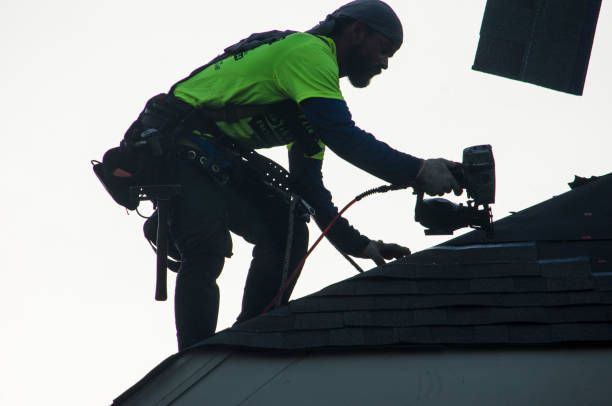When to Replace Your Roof: A Homeowner’s Guide
When to Replace Your Roof: A Homeowner’s Guide

As a homeowner, maintaining the integrity of your roof is crucial to the overall safety and comfort of your home. Your roof shields you from the elements, provides insulation, and contributes to the aesthetic appeal of your property.
Knowing when to replace your roof can save you from unexpected repairs and potential hazards. This guide aims to help you identify the signs that it's time for a new roof and understand the factors that influence this important decision.
Age of Your Roof
The lifespan of a roof varies depending on the materials used. For instance, asphalt shingles typically last 15-20 years, while metal roofs can endure for 40-70 years, and tile roofs may last up to 100 years. If your roof is nearing the end of its expected lifespan, it's wise to start planning for a replacement.
Regular inspections can help you catch problems early, allowing you to address them before they require a full roof replacement.
Visible Wear and Tear
Aging roofs often exhibit signs of wear and tear that are easily noticeable. These include discolored or missing shingles, curling or buckling shingles, and granule loss . Additionally, you might observe sagging areas or moss, mold, and algae growth on your roof, which indicate moisture problems and potential structural damage.
If you notice any of these signs, it’s crucial to consult with a roofing professional to assess the extent of the damage.
Water Damage and Leaks
Water damage is a significant indicator that your roof may need replacement. Look for stains or discoloration on your ceilings and walls, which suggest that water is penetrating your roof's layers and entering your home .
Leaks can lead to mold growth, rotting wood, and even structural collapse if not addressed promptly. If you see sunlight through the roof boards when inspecting your attic, it’s a clear sign that your roof's integrity is compromised and replacement is necessary
Increased Energy Bills
An inefficient roof can lead to higher energy costs. Damaged or deteriorating roofs allow heat to escape in the winter and enter in the summer, forcing your HVAC system to work harder . This inefficiency can result in noticeably higher utility bills.
If you’ve seen a spike in your energy costs, it might be time to inspect your roof for potential problems.
Damaged Flashing
Flashing around vents, chimneys, and skylights is crucial for preventing water intrusion. Over time, flashing can become loose, damaged, or deteriorated, leading to leaks and water damage.
Regularly inspecting and maintaining the flashing is essential to ensure it remains watertight. If your flashing shows signs of significant wear, it may be time to replace your roof.
Roof Deck Issues
The condition of your roof deck is another important factor. A sagging roof deck indicates severe structural issues, such as rotting wood or weakened support beams . This problem requires immediate attention and often necessitates a full roof replacement to ensure the safety of your home.
Seasonal Considerations
The best time to replace your roof is typically during late summer or early fall when the weather is mild and dry . However, emergencies can occur at any time, requiring a timely replacement regardless of the season.
Working with reputable contractors year-round can help you address urgent issues and maintain your roof's integrity.
Conclusion
Recognizing the signs that your roof needs replacement can help you avoid costly repairs and protect your home. Regular inspections, especially as your roof approaches the end of its expected lifespan, are essential.
If you notice any signs of wear, water damage, increased energy bills, damaged flashing, or issues with the roof deck, it's time to consider replacing your roof.
Don't wait until the damage becomes severe. Act promptly to ensure your home remains safe and comfortable. If you’re unsure about the condition of your roof, schedule an inspection with a professional roofing contractor.



